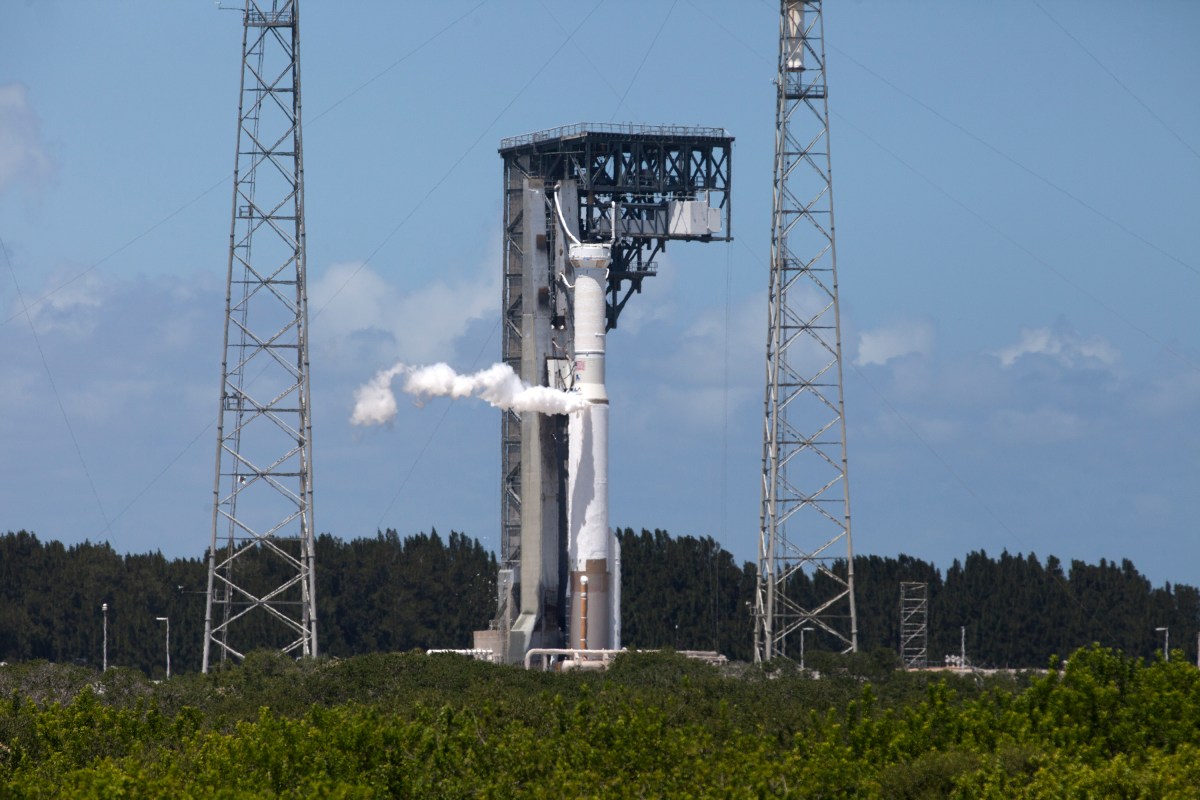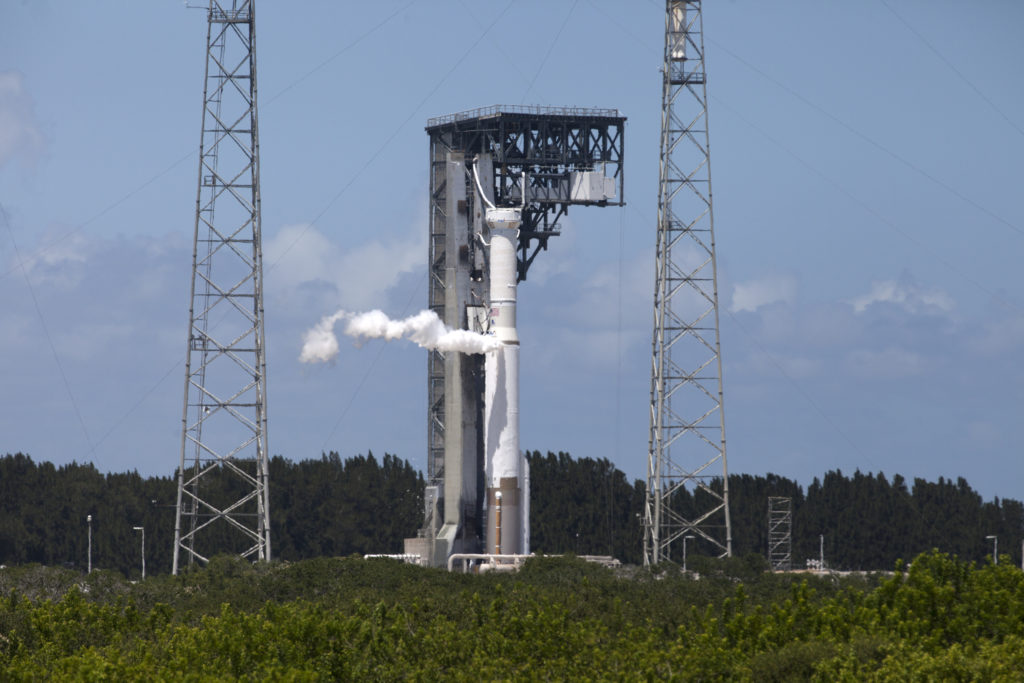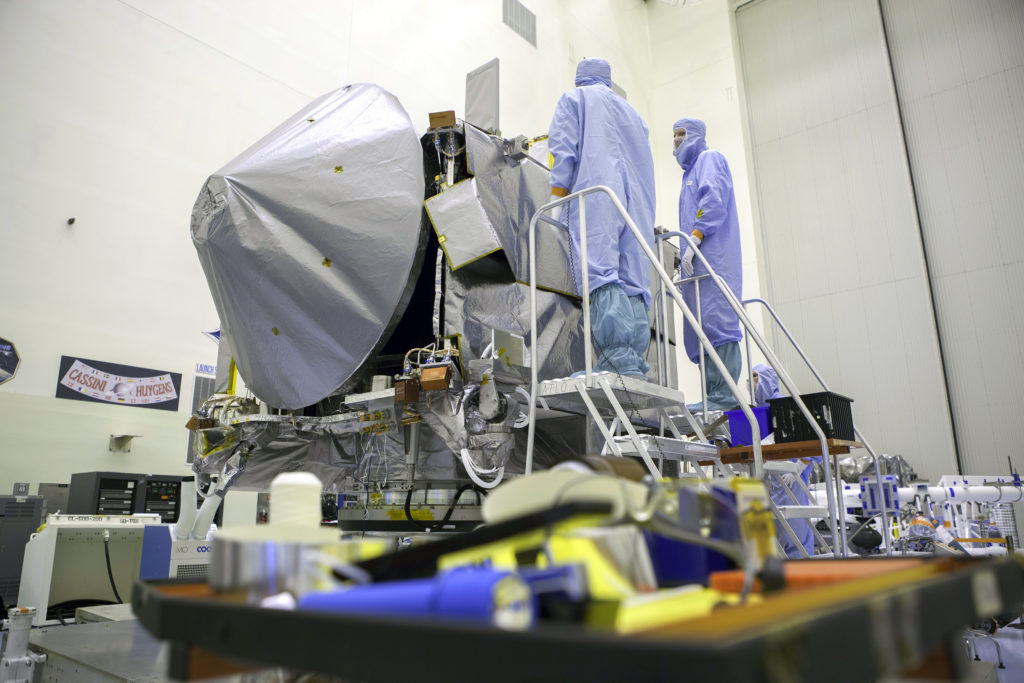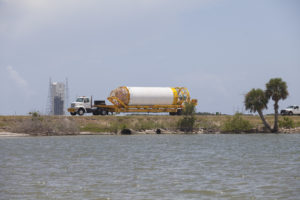The OSIRIS-REx spacecraft was lifted into the Vertical Integration Facility at Space Launch Complex 41 and bolted into place on a United Launch Alliance Atlas V on Monday. The spacecraft, enclosed in a protective fairing, is to liftoff aboard the rocket on Sept. 8 to begin its mission to survey an asteroid called Bennu and then take a small sample from its surface and send that sample to Earth for analysis. Photo credit: NASA/Dimitri Gerondidakis
Month: August 2016
Atlas V Team Conducts Wet Dress Rehearsal
The booster and Centaur upper stage of a United Launch Alliance Atlas V vent gaseous propellant during a “wet dress rehearsal” test at Space Launch Complex 41 on Florida’s Cape Canaveral Air Force Station. The rocket will boost NASA’s OSIRIS-REx spacecraft on its way to the asteroid Bennu. Short for Origins, Spectral Interpretation, Resource Identification, Security-Regolith Explorer, OSIRIS-REx is to survey the asteroid closely before taking a sample from its surface and sending that small sample back to Earth for study.
Targeted for liftoff Sept. 8, 2016, OSIRIS-REx will be the first U.S. mission to sample an asteroid, retrieve at least two ounces of surface material and return it to Earth for study. The asteroid may hold clues to the origin of the solar system and the source of water and organic molecules found on Earth. Photo credit: NASA/Kim Shiflett
OSIRIS-REx Spacecraft Encapsulated, Atlas V Rocket Tanking Test Planned
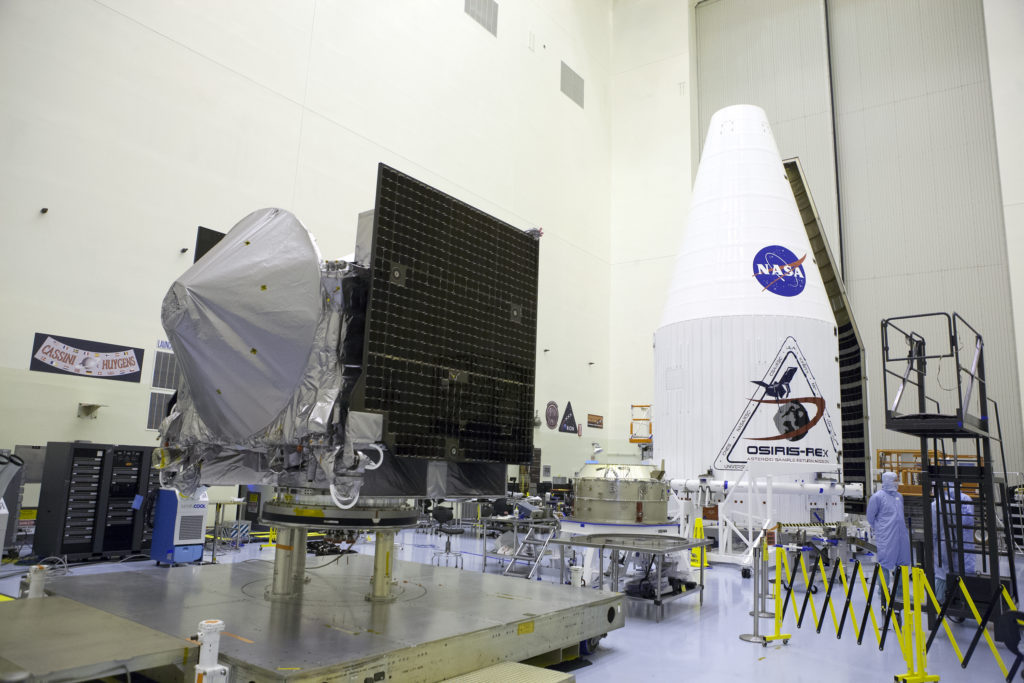 NASA’s OSIRIS-REx spacecraft comes one step closer to launch today as it is sealed inside the two-piece payload fairing that will protect it during the critical early minutes of liftoff. This process, called encapsulation, is taking place inside the Payload Hazardous Servicing Facility (PHSF) at Kennedy Space Center, where OSIRIS-REx has undergone prelaunch processing since its arrival in Florida in May.
NASA’s OSIRIS-REx spacecraft comes one step closer to launch today as it is sealed inside the two-piece payload fairing that will protect it during the critical early minutes of liftoff. This process, called encapsulation, is taking place inside the Payload Hazardous Servicing Facility (PHSF) at Kennedy Space Center, where OSIRIS-REx has undergone prelaunch processing since its arrival in Florida in May.
The United Launch Alliance Atlas V rocket that will boost OSIRIS-REx into space also is progressing toward launch day. The first-stage booster and its Centaur upper stage are in place at Space Launch Complex 41 on Cape Canaveral Air Force Station, where a tanking test is planned for Thursday.
Early Monday morning, the payload fairing containing OSIRIS-REx will roll from the PHSF to the launch pad, where it will be mated to the Atlas V.
Photo credit: NASA/Glenn Benson
Atlas V, Centaur Upper Stage at SLC-41

 Pictured: A United Launch Alliance Atlas V rocket first stage booster is lifted into position at Space Launch Complex 41, located at Cape Canaveral Air Force Station in Florida on Aug. 8. The Centaur upper stage was hoisted atop the booster today.
Pictured: A United Launch Alliance Atlas V rocket first stage booster is lifted into position at Space Launch Complex 41, located at Cape Canaveral Air Force Station in Florida on Aug. 8. The Centaur upper stage was hoisted atop the booster today.
The vehicle will boost NASA’s Origins, Spectral Interpretation, Resource Identification, Security-Regolith Explorer, or OSIRIS-REx spacecraft. Targeted for liftoff Sept. 8, 2016, OSIRIS-Rex will be the first U.S. mission to sample an asteroid, retrieve at least two ounces of surface material and return it to Earth for study. The asteroid, Bennu, may hold clues to the origin of the solar system and the source of water and organic molecules found on Earth.
Photo credits: NASA/Glenn Benson
Asteroid-Bound Spacecraft and its Ride Take Strides Toward September Launch
NASA’s OSIRIS-REx spacecraft – and the rocket that will carry it into space, the United Launch Alliance Atlas V – are making significant strides toward launch, planned for Sept. 8.
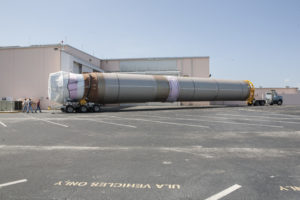 Inside the Payload Hazardous Servicing Facility at the agency’s Kennedy Space Center in Florida, technicians have installed thermal blankets around the spacecraft (pictured above), culminating with a solar array illumination test today. These activities set the stage for spacecraft closeouts, weighing and fueling, planned for next week.
Inside the Payload Hazardous Servicing Facility at the agency’s Kennedy Space Center in Florida, technicians have installed thermal blankets around the spacecraft (pictured above), culminating with a solar array illumination test today. These activities set the stage for spacecraft closeouts, weighing and fueling, planned for next week.
The Atlas V rocket is coming together across the Banana River at Cape Canaveral Air Force Station. The vehicle’s Centaur upper stage arrived July 21 (center photo), and the first-stage booster followed on July 29. Both elements currently are in the Atlas Spaceflight Operations Center. The rocket’s booster, solid rocket motor and Centaur upper stage are slated to be assembled Aug. 8 through 10 in the Vertical Integration Facility at Space Launch Complex 41.
OSIRIS-REx will be the first U.S. mission to sample an asteroid, retrieve at least two ounces of surface material and return it to Earth for study. Analysis of the sample will reveal the history of the asteroid, called Bennu, over the past 4.5 billion years.
Photo credits: NASA/Michelle Stone (top), NASA/Cory Huston (center) and NASA/Kim Shiflett


